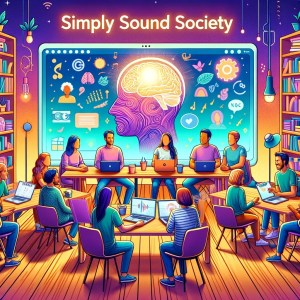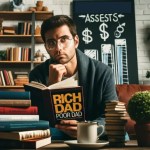Analysis of Electroceuticals vs. Traditional Neurological Treatments
Introduction
The landscape of neurological treatments has been undergoing significant transformation with the advent of electroceuticals. These novel therapies offer an alternative to traditional methods for treating various neurological disorders. This article delves into a comparative analysis of electroceuticals and traditional treatments, assessing their efficacy, benefits, and limitations.

Electroceuticals: A New Frontier in Neurological Therapeutics
Electroceuticals, also known as neural electroceuticals, electrotherapies, or bioelectronics, represent a class of therapeutics that stimulate, block, and record neural signals to modify body functions. They encompass a range of electronic implants and externally worn devices, offering treatment options for disorders like Parkinson’s disease, diabetes, depression, anxiety, hearing and vision impairments, rheumatoid arthritis, and hypertension. Future electrotherapies may address migraines, epilepsy, asthma, obesity, allergies, infertility, and potentially cancer.
Despite being a relatively new field, electroceutical technology has roots dating back to the first cardiac pacemaker in 1958 and the first cochlear implant in 1961. However, the understanding of electrical stimulation’s modes of action remains nascent, with ongoing research to unravel the mechanistic underpinnings and potential off-target effects. This burgeoning field benefits from interdisciplinary collaborations and aligns with personalized medicine, promising targeted interventions.
Traditional Neurological Treatments: Efficacy and Limitations
Traditional treatments for neurological diseases, like pharmacotherapy and neurorehabilitation, have shown limited efficacy in many cases. For example, in the context of migraines, conventional therapies like β-blockers, antidepressants, anticonvulsants, and Botox can lead to significant side effects and may not provide lasting relief. Patients often struggle with the adverse effects of these treatments, leading to a constant balancing act between managing disease symptoms and medication side effects.
Moreover, traditional treatments for neurological diseases like stroke, Parkinson’s disease, and Alzheimer’s disease often offer limited symptom relief without halting disease progression. They are also marred by side effects, highlighting the need for safer and more effective treatment modalities. Traditional neurorehabilitation procedures, too, have shown limited efficacy in common neurological diseases, prompting a search for new technologies to enhance rehabilitation effectiveness.
Comparative Assessment
- Efficacy: Electroceuticals show promise in treating a wide range of neurological disorders with improved specificity and efficacy, potentially surpassing the limited effectiveness of traditional treatments in symptom management and disease progression.
- Safety and Side Effects: Traditional treatments often come with significant side effects, making patient adherence challenging. Electroceuticals, in contrast, promise a more targeted approach with potentially fewer off-target effects.
- Personalization: Electroceuticals align with the principles of personalized medicine, offering interventions tailored to individual patient needs, a contrast to the one-size-fits-all approach often seen in traditional pharmacotherapy.
- Innovation and Development: While traditional treatments have reached a plateau in some respects, electroceuticals are at the forefront of innovation, integrating advancements in AI and biotechnology.
Conclusion
Electroceuticals present a compelling alternative to traditional neurological treatments, offering potentially greater efficacy, personalized treatment options, and a pathway for integrating cutting-edge technology into patient care. However, as this field is still in its infancy, continuous research and development are essential to fully understand and harness its potential. Traditional treatments, despite their limitations, continue to play a crucial role in current clinical practice, highlighting the need for an integrated approach that combines the best of both worlds for optimal patient outcomes.

Simply Sound Society: Join the Discussion
We invite you to become a valued member of the Simply Sound Society. Join our thriving community dedicated to personal growth, support, and meaningful discussions on a wide range of topics. Together, we can embark on a journey of self-discovery and positive change, one conversation at a time. Your voice matters, and your presence can make a real impact in our community. Join us today and be part of something truly special.
Don’t forget about our Free Toolkit, Access the free tools HERE!
Check Out These Other Amazing Posts:
- Case Studies on CerebralFit’s Success Stories: Revolutionizing Mental Health Treatment with Nutraceuticals
- The Evolving World of Brain Health: Electroceuticals and Nutraceuticals
- Enhancing Brain Health: A Deep Dive into CerebralFit’s Approach and the Science of Nutraceuticals and Electroceuticals
- CerebralFit: Revolutionizing Brain Health with Innovative Products and Practices
- Breaking the Stigma: The Critical Role of Raising Awareness about Depression
- Unlocking Happiness: The Interplay of Understanding Depression and Joyful Living















